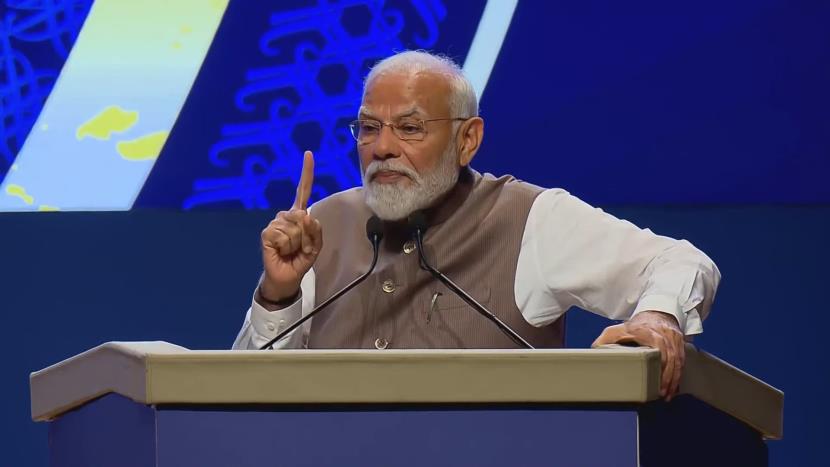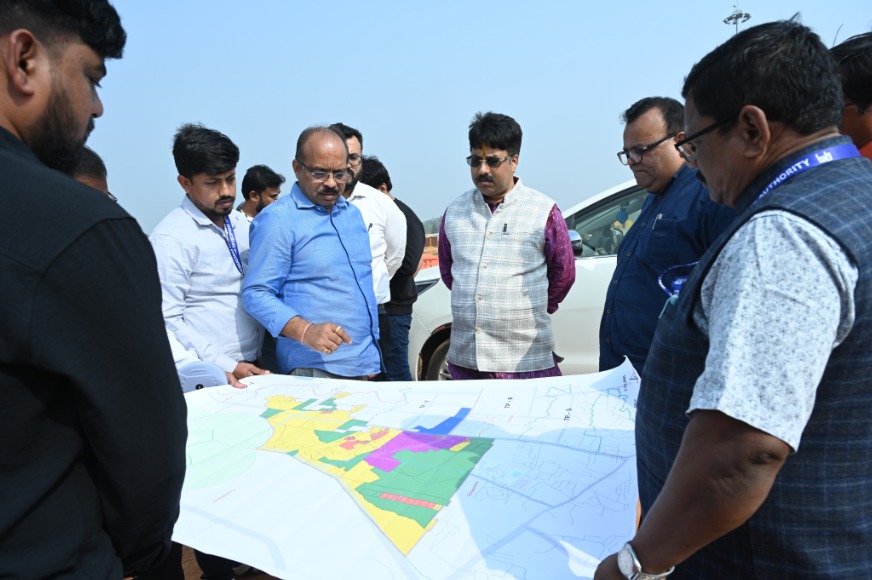Varanasi: Prime Minister Narendra Modi today inaugurated three new airports under the Regional Connectivity Scheme (RCS) – UDAN (Ude Desh Ka Aam Nagrik), a significant initiative aimed at improving air connectivity across underserved regions of India. The newly inaugurated airports, located in Rewa (Madhya Pradesh), Ambikapur (Chhattisgarh), and Saharanpur (Uttar Pradesh), are set to start flights soon, further extending the benefits of affordable air travel to these areas.
Speaking from Varanasi, the Prime Minister emphasized that the UDAN scheme has been instrumental in revolutionizing India’s aviation sector over the past seven years. “The RCS-UDAN scheme is not just about infrastructure, it is about fulfilling the aspirations of the common citizen by making air travel more accessible and affordable,” he stated. He highlighted that the initiative is helping bridge the gap between remote regions and mainstream cities, fueling economic growth and tourism.
Seven Years of RCS-UDAN: A Landmark Initiative
The UDAN scheme, launched in 2016 as part of the National Civil Aviation Policy (NCAP), aims to develop unserved and underserved airports while making flying affordable for the average Indian. Over the last seven years, it has facilitated air travel for more than 144 lakh passengers, underscoring its success in democratizing air travel.
The Prime Minister recalled the inaugural UDAN flight, which took off in April 2017, connecting Shimla to Delhi. Since then, successive versions of the UDAN scheme have expanded its scope, connecting airports across hilly regions, islands, and the Northeast, and even introducing routes for helicopters and seaplanes.
UDAN 5.0 and Beyond: Expanding Horizons
Under the latest iteration, UDAN 5.0 and its subsequent versions, several improvements have been made based on stakeholder feedback. Key changes include the removal of the 600-km flight distance cap, increased focus on larger aircraft (with 20 to 80 seats), and accelerated timelines for airlines to begin operations on newly awarded routes.
UDAN 5.1, specifically designed for helicopter operations, has expanded services to hilly areas, enhancing connectivity while reducing airfare caps for passengers. Additionally, UDAN 5.2 and later bidding rounds have focused on promoting tourism, providing flexible operational options for small aircraft, and ensuring sustainable air connectivity for previously underserved regions.
Boosting the Civil Aviation Industry
RCS-UDAN has played a pivotal role in promoting regional airlines like Flybig, Star Air, IndiaOne Air, and Fly91, creating a thriving ecosystem for small airlines. The increasing demand for air connectivity has led to a surge in aircraft orders by Indian carriers, with more than 1,000 planes expected to be delivered over the next 10-15 years.
The scheme’s scope has expanded to include a wide range of aircraft, from helicopters and seaplanes to large jets, contributing to India’s aviation infrastructure growth.
Promoting Tourism and Economic Development
The UDAN initiative has also greatly impacted tourism, especially in regions with religious, historical, or cultural significance. Airports such as Khajuraho, Deoghar, and Amritsar have been connected through tourism-focused routes, and new airports in the Northeast, including those in Pasighat and Ziro, have opened up this remote region to greater tourism and economic growth.
Furthermore, the scheme has introduced Agatti Island in Lakshadweep to the Indian aviation map, further bolstering tourism in the region.
Connecting India: From Northeast to Gujarat
From Mundra in Gujarat to Tezu in Arunachal Pradesh, and Kullu in Himachal Pradesh to Salem in Tamil Nadu, the UDAN scheme has operationalized 86 aerodromes across 34 states and Union Territories. Notably, ten airports in the Northeast region and two heliports have been made operational under this scheme. Additionally, airports like Darbhanga, Prayagraj, and Hubli are now seeing increased commercial traffic, indicating the scheme’s sustainability.
As RCS-UDAN continues to grow, it is proving to be a cornerstone of India’s civil aviation strategy, driving economic development, creating jobs, and bringing remote regions closer to the national mainstream.





